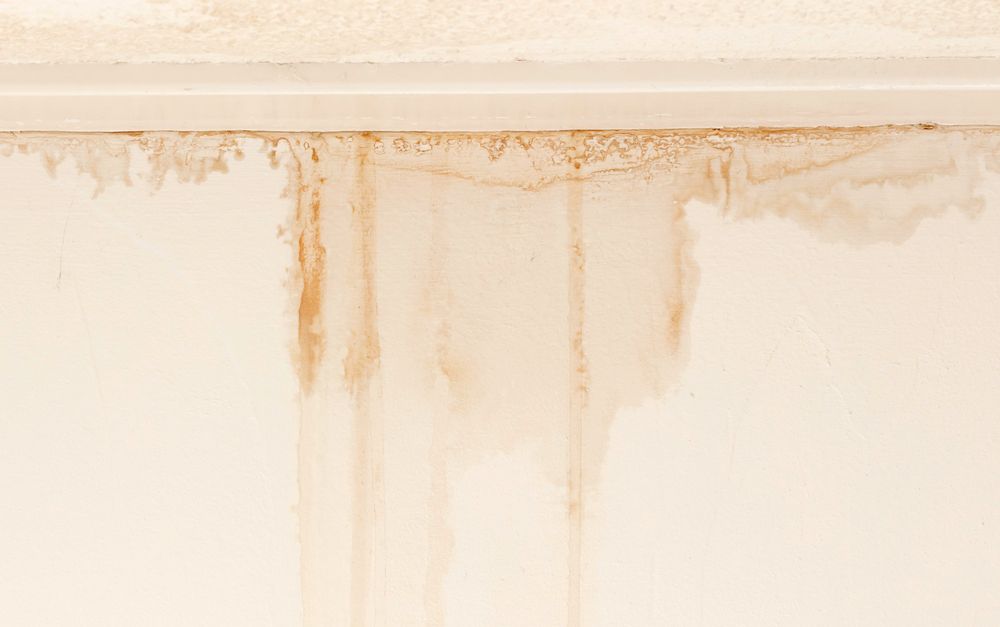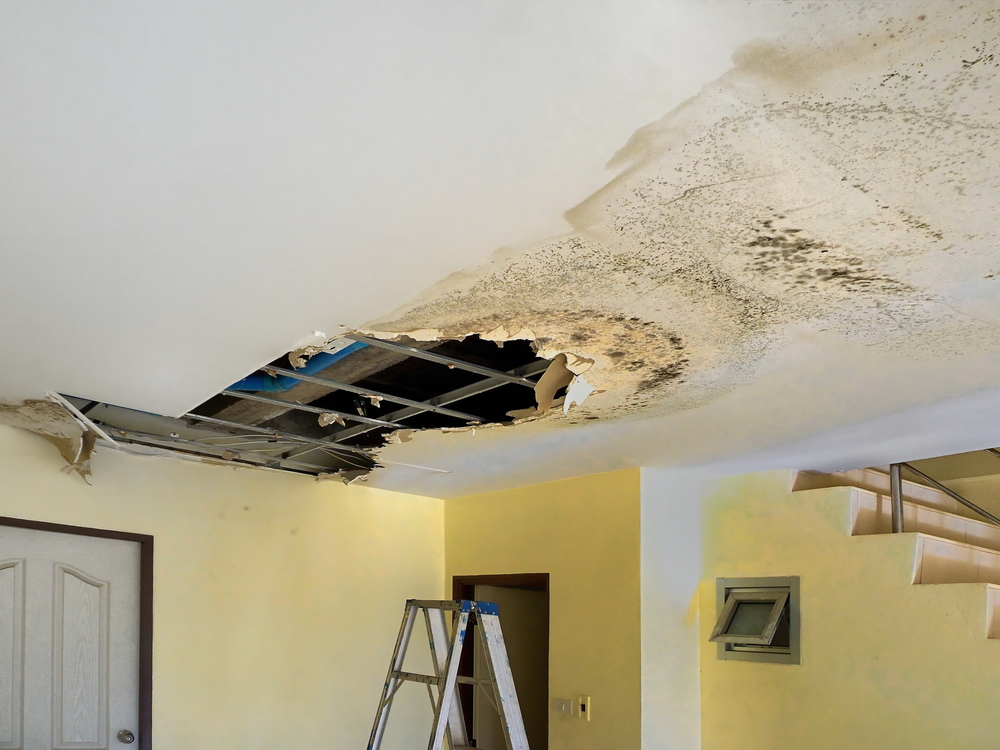Exactly how to Examine If Your Residence Has a Surprise Leakage
Exactly how to Examine If Your Residence Has a Surprise Leakage
Blog Article
How do you feel on the subject of Finding hidden leaks?

Early discovery of dripping water lines can minimize a potential calamity. Some little water leaks may not be visible.
1. Check Out the Water Meter
Checking it is a proven way that helps you uncover leaks. If it moves, that indicates a fast-moving leakage. This implies you may have a slow leak that could also be below ground.
2. Inspect Water Intake
Examine your water bills as well as track your water intake. As the one paying it, you must notice if there are any kind of inconsistencies. If you detect sudden changes, in spite of your intake coinciding, it suggests that you have leakages in your plumbing system. Bear in mind, your water costs ought to drop under the very same range on a monthly basis. An abrupt spike in your bill indicates a fast-moving leak.
On the other hand, a constant increase monthly, even with the same habits, shows you have a slow leak that's likewise slowly intensifying. Call a plumber to completely inspect your residential or commercial property, particularly if you really feel a warm area on your floor with piping below.
3. Do a Food Coloring Examination
When it pertains to water consumption, 30% comes from commodes. Test to see if they are running correctly. Decline specks of food shade in the container and wait 10 minutes. There's a leakage between the storage tank and bowl if the color in some way infiltrates your bowl during that time without flushing.
4. Asses Outside Lines
Don't neglect to check your outdoor water lines too. Test spigots by attaching a yard tube. Should water permeate out of the connection, you have a loosened rubber gasket. Change this and also make sure all connections are limited. It will assist get it properly took a look at and also maintained annually if you have actually obtained a sprinkler system. One small leak can squander lots of water as well as surge your water costs.
5. Assess the scenario as well as evaluate
Home owners need to make it a routine to inspect under the sink counters as well as even inside closets for any bad odor or mold development. These two warnings indicate a leak so punctual attention is needed. Doing routine inspections, also bi-annually, can conserve you from a major issue.
Check for discolorations and damaging as a lot of pipes as well as appliances have a life expectations. If you think dripping water lines in your plumbing system, do not wait for it to escalate.
Early detection of leaking water lines can mitigate a prospective disaster. Some little water leaks may not be noticeable. Examining it is a guaranteed way that aids you find leaks. One small leakage can waste lots of water and also increase your water bill.
If you suspect leaking water lines in your plumbing system, don't wait for it to escalate.
The Dangers of Undetected Water Leaks
Mold
One of the most common results of undetected water leaks in your home is mold. Under the right conditions, mold can begin to grow and spread in just a day or two.
Moisture from water leaks combined with humidity and lack of ventilation allow mold spores to germinate and start spreading.
And while household mold doesn’t carry the same health risks as substances like asbestos, they can cause allergic reactions in people sensitive to them or with asthma.
Structural Damage
When water leaks occur in places we can’t see — above the ceiling, behind walls or beneath floors — they often have time to do some serious damage before making themselves known.
You might notice cracks or bubbles appear in your walls or a slow drip or water from the ceiling.
These are signs of water leaks and buildups in the structure of your home. If you don’t jump on these problems soon enough, the wood frame that supports your house could start rotting, leading to costly repairs and increasing the risk of disasters like ceiling or wall collapses.
Water Waste
According to the Alliance for Water Efficiency, the average home can lose anywhere from 2,000 to 20,000 gallons of water per year due to leaks.
High numbers like that might make you imagine a burst pipe spewing out water. But believe it or not, even a small, constant drip from a kitchen sink could add up to over a thousand gallons of wasted water in a single year.
And if you live in a place where you pay for every gallon of water you use, that adds up to a lot of dollars down the drain. So we understand leaks are bad. Let’s take a look at some of the common (and not-so- common) water leaks you might find around your home.
Flush Valve Flapper
The flush valve flapper is a rubber flap that sits above the flush valve at the bottom of the tank. It’s attached to the flusher with a chain. Over time, it can get worn out and lose its seal, causing an endless flow of water into the toilet bowl.
These leaks are hard to detect since they’re usually silent, but there’s a little insider trick you can use with just a little dye or food coloring:
Put a few drops in the toilet tank. Check the water in your toilet bowl 15 minutes later. If any of the color made it into the toilet bowl, you’ll know what the culprit is.
Fill Valve
The fill valve is what replenishes your toilet’s tank water after you flush. If you’ve ever looked inside your toilet tank and seen water gushing out of an upright plastic valve, that’s a faulty fill valve.
https://meetflo.com/blogs/flo/how-to-find-and-repair-water-leaks-a-comprehensive-guide

I am just very interested in Leaking water lines and I really hope you liked the entire article. In case you enjoyed our blog entry please make sure you remember to share it. We love reading our article about Finding hidden leaks.
Report this page